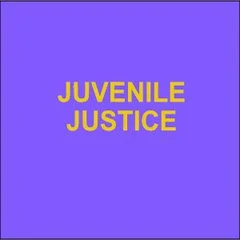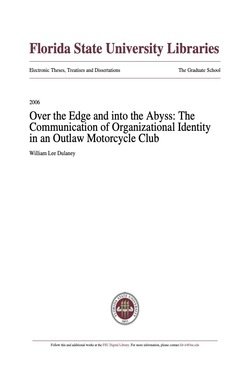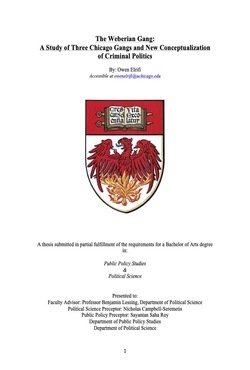Whereas outlaw motorcycle gangs (OMCGs) were originally perceived as uncivilized white men grouped around a passion for motorcycles and riding, they have now become increasingly associated with organized crime. Governments have defined them as a crime policy priority, resulting in a broad-scale law enforcement offensive aimed at reducing OMCG-related crime, reducing the number of clubs and chapters, and reducing interclub tension. The way in which the general public perceives OMCGs and the attitude toward OMCGs is largely influenced by media coverage on the subject, and in recent years OMCGs have become a popular topic. As public perceptions, policymaking, and media coverage influence each other, this paper seeks to explore the contemporary representation of OMCGs and law enforcement in the Meuse Rhine Euregion by means of analyzing regional newspaper articles from 2010 up to and including 2016. The theories used for this analysis are Quinn and Koch’s criminality typology and the situational crime prevention framework. Results demonstrate that the public image of OMCGs indeed centers around (organized) crime, and that even when events not involving crime are covered, the newspaper article focuses on law enforcement working toward containing the risks of OMCG-related crime and monitoring motorcycle clubs. The public image of law enforcement measures against OMCGs therefore relies heavily on police actions and, to a lesser extent, on administrative authority reducing not only crime opportunities, but also making OMCG life in general less attractive.
Unpublished Paper, 2019. 23p.





















